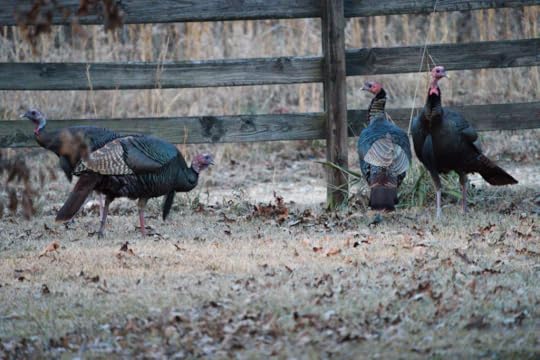R. Harrison's Blog, page 3
January 6, 2023
Landing in the Microverse
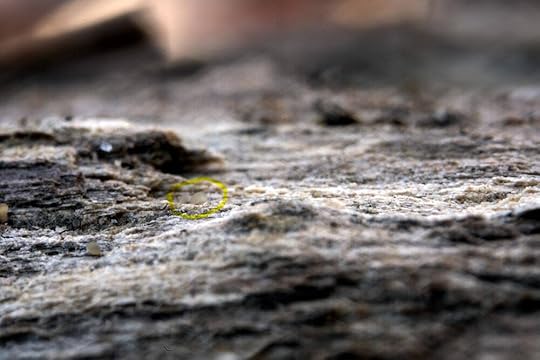
This science-fiction landscape is actually an extreme closeup of a decomposing Oak branch.
Cool, aint it? There’s a tiny mite near the left side and at least three small fungi spore bodies (or possibly slime molds). If you like seeing new worlds, and I do, this is exciting.
I’ll be experimenting with ultraclose photography in the new year. It practically begs for focus stacking – where you overlap a stack of images based on the focus. The lens I’m using is basically a microscope lens adapted onto a mount for my cameras. It’s only a 20mm lens, but you must be within a couple of centimeters to focus. And by the way, you focus by moving the camera, not the lens. So a focusing rail and sturdy tripod are de rigueur so to say. I’m also curious to see what happens when I use extension tubes to move the lens away from the camera body and increase the magnification.
Still there’s a lot to see even with single shots.
This jungle is a common species of moss:
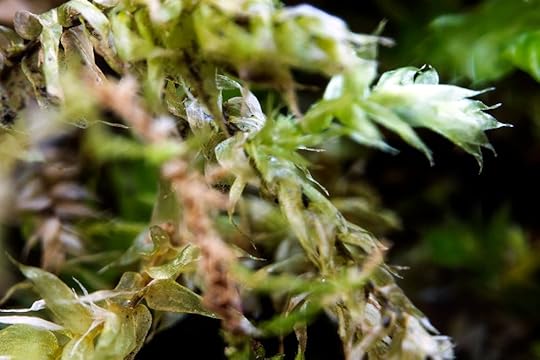
And English Ivy sparkles with color or perhaps it should be colour, even though it’s dark from the cold.
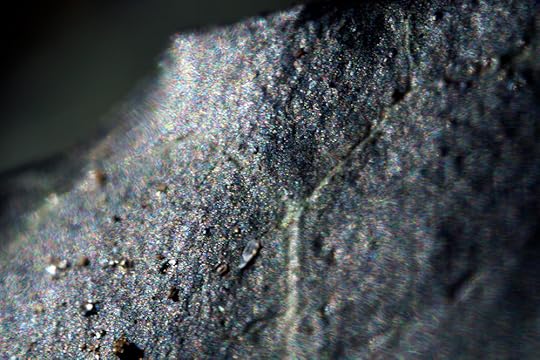
I didn’t know that and wouldn’t have noticed it with just my eyes.
These images probably won’t make it onto our website, though I’m not sure about the first as it is intrinsically interesting, but drop me a line if you’d like a copy (I’ll probably aske you to sign up for the mailing list though).
Artwork of the week 1/6/23
One of the big differences between “just snapshots” and art photography is that the artist thinks about what they’re doing, what they’re trying to show, and how to achieve the desired result.
I’ve been reading and studying techniques of composition because … well … that’s one way to learn. The other is way is to go out and shoot, I’ve been doing that as well, and I’m hoping to have meaningful interactions with some of the local photography groups. (We’ll see about that last part, I tried before with one group and had a less than stellar experience. Cliques and in-groups are a thing.)
One book I’ve found useful is Richard Garvey-Williams “mastering composition” It’s inspired me to look again at how I edit images. You can’t always plan out photographs in the wild. You can try, but nature has a way of doing what she wants and the process of observation often perturbs the environment. Shades of quantum mechanics, say what?
Today’s images show what I mean. (and they are or soon will be available on this site.)

The original is pretty, enough, but it’s out of balance and a bit washed out.
Cropping, playing with the image chromatic values (adjusting the image values to remove saturation and then adjusting the midpoint level), and using various trickery to restore the size results in:

This is a vastly better image. The subject dominates the picture and the lines defined by the flowers leads the eyes to it.
Much the same happens with this image of a Swallowtail. Before:

and after:

December 18, 2022
Art, my art
I’ve been a bit remiss at posting. Literature … well almost literature, and a malicious review or two sort of got in the way.
But so did another interest – visual art. Mostly photography but I’m also developing my skill at painting and drawing.
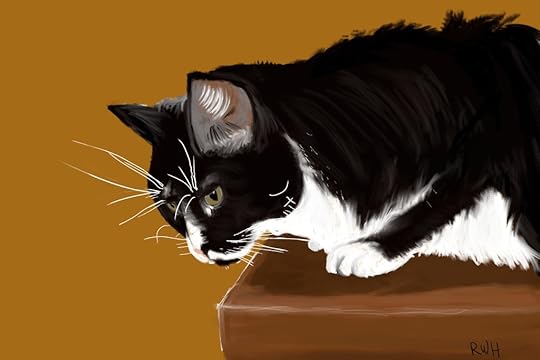
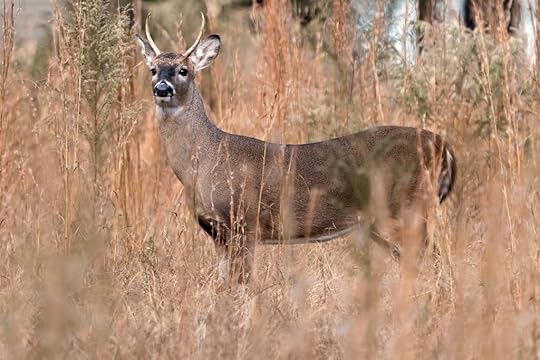
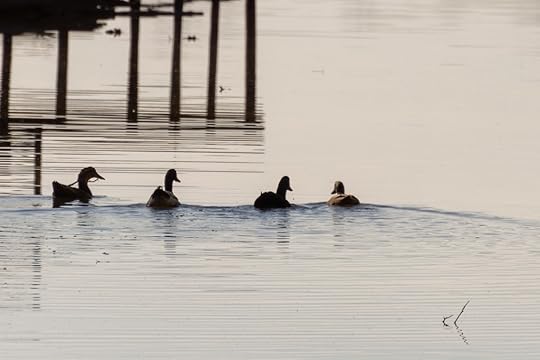
I’ve also started a small business selling my art. Some will be on fine art America animal art prints and my main page. I’m also using zenfolio (for studio work) and art store fronts.
December 31, 2021
Looking forward to 2022
2021 has been a heck of a year. Lots of family changes, limited mobility due to Covid, and a difficult combination of on-line and (mandatory) in person teaching.
To the good:
I’m now Emeritus. I was more than a little worried about getting this status, despite a rather decent number of well-regarded publications (>200) and a respectable funding record (Something like $8Million total grant funding as PI, MPI, or Co-PI in the last 20 years). We’re healthy and in a financially sound position.We’re vaccinated against that blasted virus. Contrary to right-wing hype, there weren’t side effects and we’re not magnetic or carrying microchips or infecting people with mysterious shed particles. I helped my ultimate (or possibly penultimate) PhD student to finish their dissertation and graduate.Our oldest cat didn’t have to cross the rainbow bridge. We finally found what was making him sick, and … well … chemotherapy works wonders.On the other hand, there are still things to do, ranging from long-term research projects to getting our documents in order.
Still, between using an RV (travel trailer – more in a later post) and vaccination we should be able to get around. I hope we can even visit our UK family and possibly get onto continental Europe.
A few photos.







June 1, 2021
Ruby Throated Hummingbird
 On the wing
On the wingRuby throated hummingbirds are one of the more common ones in the eastern united states. We decided to put up a feeder and after a week or so this pretty little female decided to visit. She moves quickly enough that the “on the wing” photographs are just slightly blurred. But when she stopped to feed, it was another story.
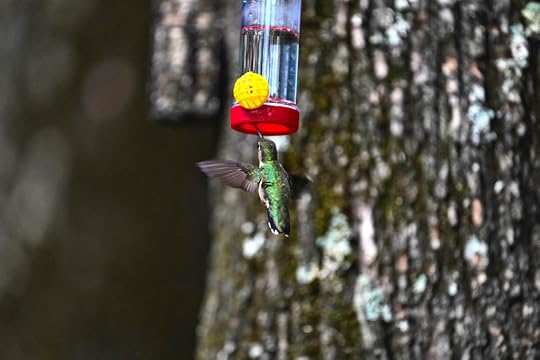
I took these images with my Sony A7III using the 600mm lens at f6.3, 1/800s, and 2000 asa (equivalent speed). The trick is to sit in a chair and wait. If they’re spooked move further away, and then after a while move closer. These birds, once they realize that you’re not a threat, become bold. They’ll buzz you to remind you to fill up the feeder, which is an interesting experience. The feed is one part sugar to four parts water by volume without added food color.
May 16, 2021
Anoles
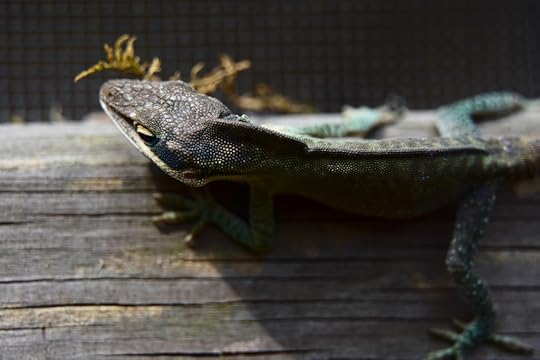 Anoles are not Chameleons
Anoles are not Chameleons Anoles are one of the more common lizards in the American south. We have them on our porch. This is the dominant male. He’s got one eye on me, but is really focused on another male who was interested in this high status site.
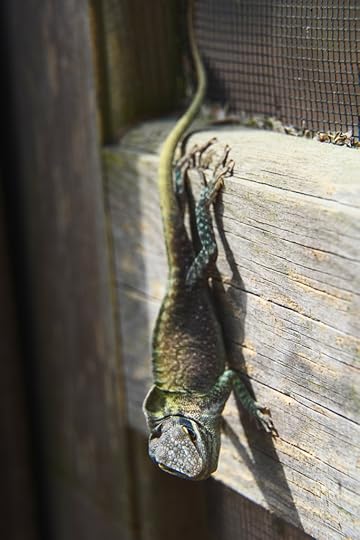
I couldn’t get a great picture of their fight so this will have to do.

March 26, 2021
Redbud Panorama
 spring in the Alabama woods
spring in the Alabama woodsRedbuds are one of the more common trees in southern wooded areas and scrub. Their one of the first trees to flower – a harbinger of spring. The heart-shaped leaves will soon follow. Later, near the end of summer, they’ll have seed pods.
March 9, 2021
Two Deer.
 A buck (behind) and doe near Weiss lake
A buck (behind) and doe near Weiss lakeI’ve been practicing with the local wildlife. Finally figured out how to implement “back button” focusing on the Sony A7III, which helps enormously with a telephoto. No more shifting focus to the wrong piece of grass.
The other big trick it to be non-threatening. I take a small chair and sit. The deer watch for a while and then go back to deer stuff (eating mostly).

The sony 600mm lens is pretty good as this detail shows.
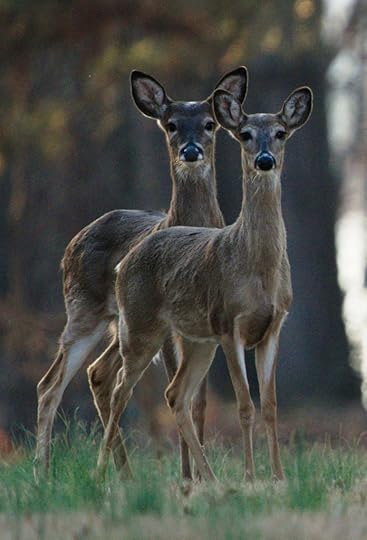
February 26, 2021
Campfire
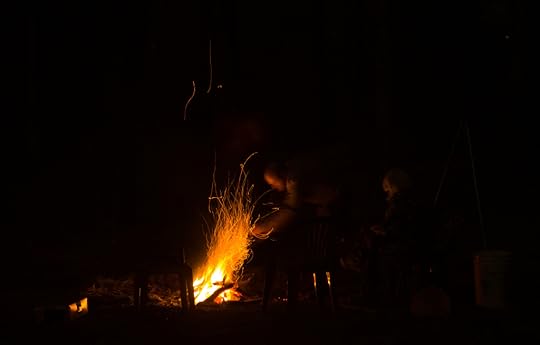 sparks fly into the night
sparks fly into the nightA 0.5second exposure, steadied by a tree, of our campfire from last night. I like how the sparks fly and how the chaotic drafts from the fire move them. Mostly upwards, but sometimes in circles.
January 25, 2021
Not Quite Extinct

A slightly rain worn turkey track is so much like a T-rex track. It shows that there are survivors. Baby T-rex’s were about the same size as today’s Turkeys. Glad that the Turkey’s don’t grow any bigger.
